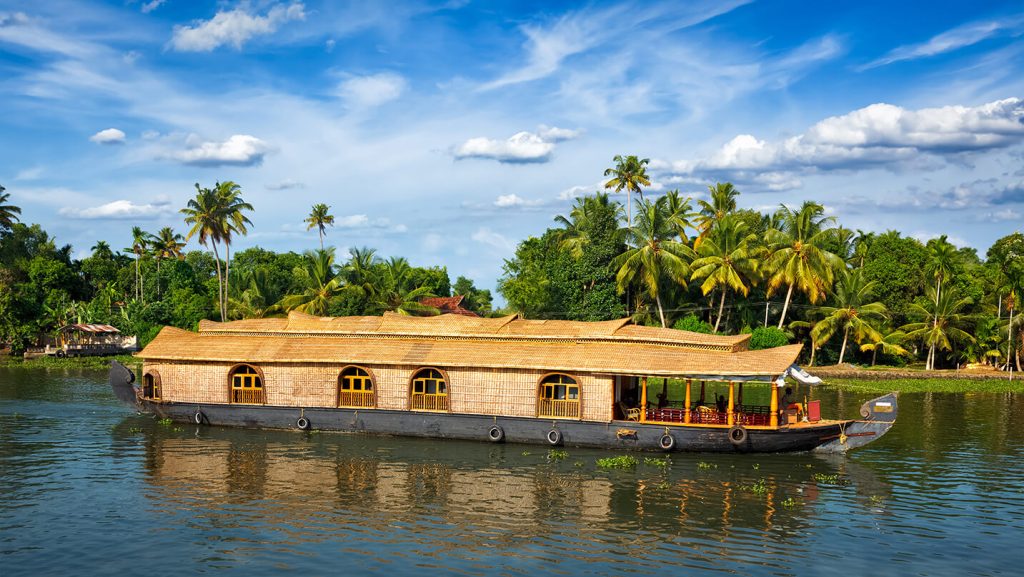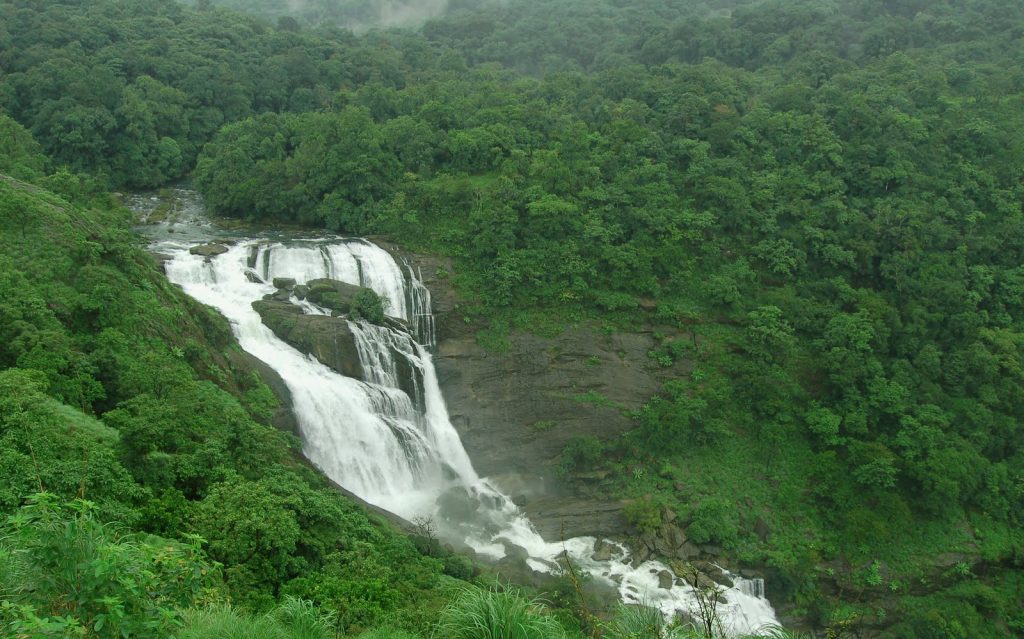Vacation rentals don’t exactly lend themselves to home cooking, but it is possible to make some good meals with limited tools. Here are a few things to keep in mind.
Cooking in a vacation rental seems like a wonderful idea. What can be more cozy than a home cooked meal by the fireplace with your loved ones after a day or hiking, biking, or skiing? Then you open the cupboards and find a tiny little pan, a set of dull knives, a glass cutting board, a can opener, and a rancid bottle of oil that expired 2 years ago. If you’ve had your share of vacation cooking disasters, don’t despair. Lovely meals are possible even in the worst kitchens, but they require careful planning, advanced prep, and smart packing. After 10 years of trying, I finally got it right on our recent ski trip. I fed a group of 9 twice a day and it didn’t interfere with all the fun things I wanted to do.
Here are some lessons that I’ve learned the hard way:
- Don’t cook anything with sensitive doneness (steak, fish, etc). Scaling that to a large number of people and different doneness preferences is tough, especially when you take into account unfamiliar equipment.
- Braises and stews are your friends. They can be made before vacation and reheated with no hassle. If you think life will get a little hectic right before your trip, make them way in advance and freeze.
- A stovetop pressure cooker is a life saver. It’s not a waste of space in the car if you stuff it with food. If you are a slow-cooker person, you can bring that instead, but a stovetop pressure cooker has many advantages: 1) it is thinner and wastes less space in the car, 2) it doesn’t require planning ahead, and 3) it doubles as a regular large pot that is not always available in vacation homes. Bonus: if you didn’t manage to start dinner in the morning, no worries — it will be done in no time.
- Always bring a cutting board, knife, and tongs. Depending on what I plan to cook, I also bring a spatula and microplane grater.
- Basic pantry items. Be sure to bring salt (they’ll probably have some, but almost certainly not the salt you are used to), some acidic ingredients (lemons, dijon mustard, pomegranate molasses are my favorites), black pepper in a grinder, butter, and a squeeze bottle of olive oil.
- Ingredients that lose moisture during cooking are best made ahead. They’ll be smaller and easier to transport. They are also the kinds that require chopping, stirring and attention (e.g. mirepoix for soups, caramelized onions, braised meats, roasted vegetables, etc).
- Ingredients that cook in water and gain in volume during cooking are best cooked on-site. That’s your beans, grains, pasta, etc. They are much more compact when dry.
- Bring one large teflon pan with a lid. Teflon pans work great for cooking eggs, frying veggies, and reheating stews. While a stainless steel pan is the workhorse in my home kitchen, it can’t do egg dishes, and its biggest advantage of providing me with brown bits to deglaze is not that important. Convenience is. I gave up on steak with a red wine reduction while on vacation. Instead I go for braised short ribs—-even in a kitchen with nothing but a microwave, dinner is served.
- Save the final pinch of salt for reheating. The flavor of most vegetables will get duller if they are cooked in advance. But a pinch of salt and a splash of lemon juice will wake them up.
Don’t get too caught up in the perfection you strive for at home—unless your friends are professional chefs, they’ll probably be mighty impressed anyway!





